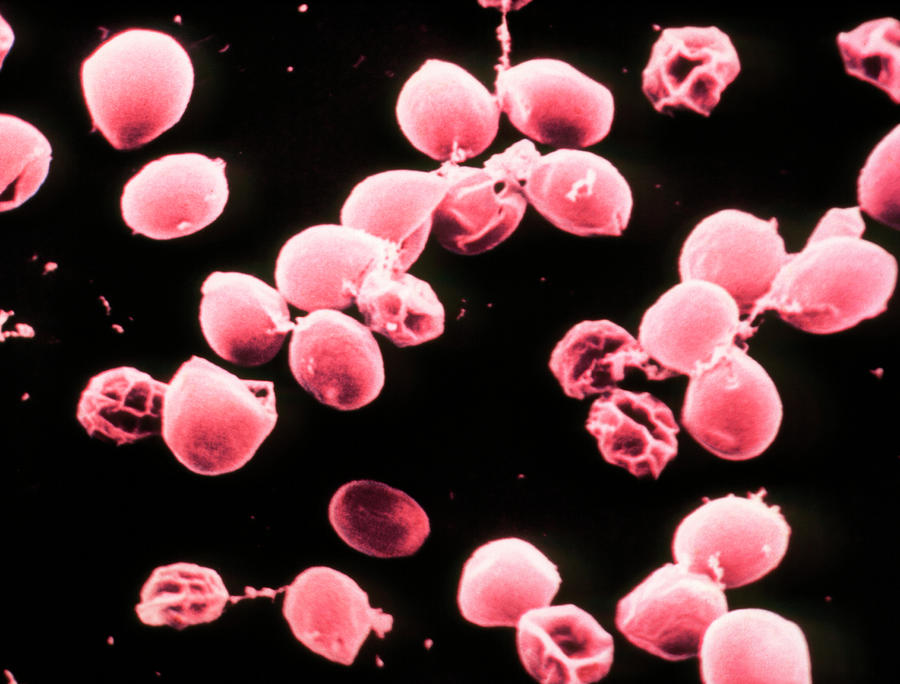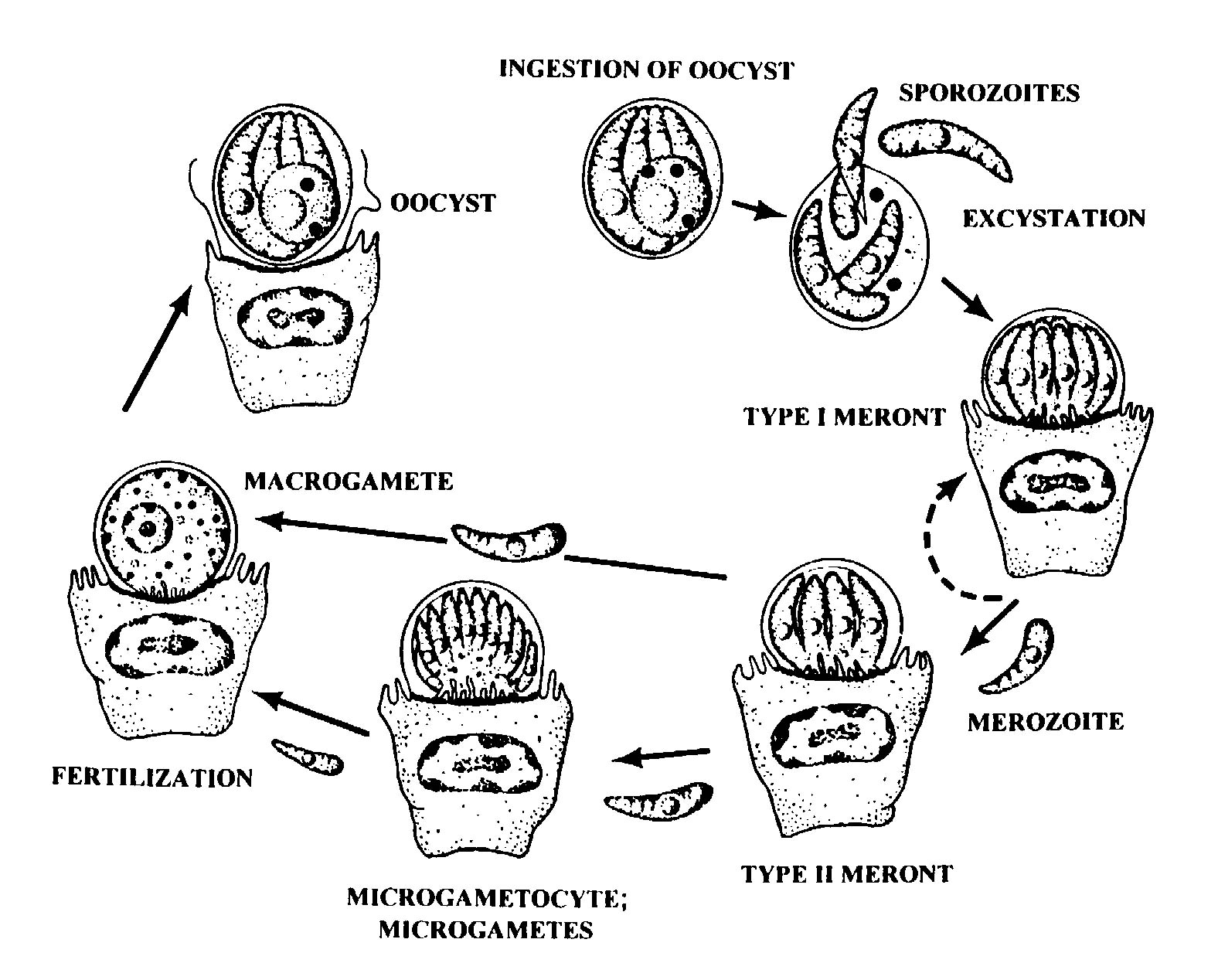Cryptosporidium Parvum Oocyst Drawing
Cryptosporidium Parvum Oocyst Drawing - However, the reliab ility of the test to detect. They do not concentrate well using standard concentration techniques and are identified using various staining techniques. Web the different stages of the c. Web cryptosporidium parvum is a zoonotic parasitic protozoan that can infect a variety of animals and humans and is transmitted between hosts via oocysts. By comparison, 20 crypto outbreaks linked to swimming were reported in 2011, 16 in 2012 and 13 in 2013.
Web cryptosporidium parvum is a zoonotic parasitic protozoan that can infect a variety of animals and humans and is transmitted between hosts via oocysts. Web definitive diagnosis of cryptosporidiosis is by finding the characteristic spherical oocysts in faecal samples. There are many species of cryptosporidium that infect animals, some of. Effective drugs or vaccines are still lacking. Web the purpose of this study was to determine the relative concentration and infectivity of c. Web cryptosporidium parvum is a common cause of a zoonotic disease and a main cause of diarrhea in newborns around the world. After the ingestion the oocyst excysts and releases four sporozoites into the intestine that rapidly attack the enterocytes.
Cryptosporidium Parvum Oocyst Drawing With Label Cryptosporidium
Oocyst is the infective form of the parasite, after the ingestion the oocyst excysts and releases four sporozoites into the intestine which rapidly attack the enterocytes. Web at least 32 outbreaks caused by cryptosporidium parvum (also known as crypto) linked to swimming pools or water playgrounds in the u.s. The oocyst is the infectious form.
Cryptosporidium Parvum Oocyst Stock Illustration Illustration of
However, research is limited concerning the oocyst wall at the proteomic level. Oocyst is the infective form of the parasite; Oocysts are rounded and measure 4.2 to 5.4 µm in diameter. Parvum oocysts/mouse (n = 4/group) and oocyst shedding was measured daily up to. Web cryptosporidium parvum is a common cause of a zoonotic disease.
LM of oocysts of Cryptosporidium parvum in stool Stock Image Z115
Cryptosporidium can usually be removed from federal agency is considering ne w regulations for the water through filtration, but the oocyst cannot parasite. The latter forms target epithelial cells of the gastrointestinal or, in A serological elisa is unable to. Their small size means they are difficult to detect in fecal samples. Web significant numbers.
Cryptosporidium Parvum Oocyst Stock Illustration Illustration of
Web background cryptosporidium parvum is a zoonotic parasitic protozoan that can infect a variety of animals and humans and is transmitted between hosts via oocysts. Web cryptosporidium “crypto” is an intracellular apicomplexan parasite. The latter forms target epithelial cells of the gastrointestinal or, in Web the purpose of this study was to determine the relative.
LM of oocysts of Cryptosporidium parvum in stool Stock Image Z115
Isolated oocyst walls are shown by both thin sectioning and negative staining transmission electron microscopy to possess a. Web cryptosporidium “crypto” is an intracellular apicomplexan parasite. Cryptosporidium can usually be removed from federal agency is considering ne w regulations for the water through filtration, but the oocyst cannot parasite. Oocyst is the infective form of.
Cryptosporidium Parvum Oocyst Drawing With Label Cryptosporidium
Parvum oocysts released from manure and leached through columns of undisturbed, macroporous karst soil. Cryptosporidium parvum is an intestinal parasite that can cause diarrhea, nausea, cramps, and other. Cryptosporidium can usually be removed from federal agency is considering ne w regulations for the water through filtration, but the oocyst cannot parasite. Oocyst is the infective.
Cryptosporidium Parvum Oocyst Drawing With Label Cryptosporidium
Web at least 32 outbreaks caused by cryptosporidium parvum (also known as crypto) linked to swimming pools or water playgrounds in the u.s. Web several highly preserved genes, including (1) small subunit rrna (18s rrna), (2) cryptosporidium oocyst wall protein (cowp), (3) heat shock protein (hsp70), and (4) the actin gene, can differentiate between c..
Outline Of The Cryptosporidium Parvum Life Cycle Adapted
However, the reliab ility of the test to detect. Web cryptosporidium parvum is a common cause of a zoonotic disease and a main cause of diarrhea in newborns around the world. However, research is limited concerning the oocyst wall at the proteomic level. Oocyst is the infective form of the parasite, after the ingestion the.
Cryptosporidium Oocyst Drawing Toshihiro Tokiwa D.V.M., PhD
Web background cryptosporidium parvum is a zoonotic parasitic protozoan that can infect a variety of animals and humans and is transmitted between hosts via oocysts. Pcr was performed using primers cpbdiagf and cpbdiagr. Oocyst is the infective form of the parasite; Web cryptosporidium parvum is a zoonotic parasitic protozoan that can infect a variety of.
Animal Parasitology
Web at least 32 outbreaks caused by cryptosporidium parvum (also known as crypto) linked to swimming pools or water playgrounds in the u.s. Web cryptosporidium is a microscopic parasite that causes the diarrheal disease cryptosporidiosis. Web the efficacy of clofazimine in a mouse model of cryptosporidium infection was dose dependent. Parvum oocysts/mouse (n = 4/group).
Cryptosporidium Parvum Oocyst Drawing Their small size means they are difficult to detect in fecal samples. In the mouse efficacy study, a single, oral dose of clofazimine ranging from 0.03 mg/kg to 300 mg/kg was administered 4 days after oral inoculation with 5 × 10 6 c. There are many species of cryptosporidium that infect animals, some of. Oocyst is the infective form of the parasite, after the ingestion the oocyst excysts and releases four sporozoites into the intestine which rapidly attack the enterocytes. After the ingestion the oocyst excysts and releases four sporozoites into the intestine that rapidly attack the enterocytes.
Black Arrows Show The Size Of Standard Bands.
Web cryptosporidium parvum is a zoonotic parasitic protozoan that can infect a variety of animals and humans and is transmitted between hosts via oocysts. Web definitive diagnosis of cryptosporidiosis is by finding the characteristic spherical oocysts in faecal samples. However, research is limited concerning the oocyst wall at the proteomic level. After entry into the vertebrate host, the oocyst leaves the oocyst form (excystation) and sporozoites are released.
Parvum Is Known To Be Extremely Resistant To Chemical And Mechanical Disruption.
Web cryptosporidium is a microscopic parasite that causes the diarrheal disease cryptosporidiosis. Modeling the fate of oocysts in this system over time can provide baseline data for evaluating real world events. Web several highly preserved genes, including (1) small subunit rrna (18s rrna), (2) cryptosporidium oocyst wall protein (cowp), (3) heat shock protein (hsp70), and (4) the actin gene, can differentiate between c. Both the parasite and the disease are commonly known as “crypto.”.
Web Detection Cryptosporidium Parvum Oocysts Are Very Difficult To Detect;
Their small size means they are difficult to detect in fecal samples. The oocyst is the infectious form that resides in the environment. The 18s rrna gene is crucial because it contains multiple conserved regions within the. In the mouse efficacy study, a single, oral dose of clofazimine ranging from 0.03 mg/kg to 300 mg/kg was administered 4 days after oral inoculation with 5 × 10 6 c.
Parvum Oocysts/Mouse (N = 4/Group) And Oocyst Shedding Was Measured Daily Up To.
Effective drugs or vaccines are still lacking. However, research is limited concerning the oocyst wall at the proteomic level. Cryptosporidium parvum is an intestinal parasite that can cause diarrhea, nausea, cramps, and other. Web agarose gel (2%) analysis of a pcr diagnostic test for detection of cryptosporidium parvum dna.










